The Ultimate Guide to Circuit Training: Boost Your Fitness to New Heights
Introduction
Welcome to our comprehensive guide to circuit training. If you’re looking for a highly effective workout routine that combines cardiovascular exercise. With strength training, you’ve come to the right place. In this article, we’ll delve into the world of circuit training, exploring its benefits, providing expert tips.
And guiding you through a variety of exercises that will help you achieve your fitness goals. Whether you’re a beginner or a seasoned fitness enthusiast. This guide will equip you with the knowledge and tools to excel in your circuit training endeavors.
Table of Contents
What is Circuit Training?
The Benefits of Circuit Training
Getting Started: Essential Equipment
Designing an Effective Circuit Training Workout
Circuit Training Exercises
Upper Body Exercises
Lower Body Exercises
Core Exercises
Cardiovascular Exercises
Advanced Circuit Training Techniques
Circuit Training for Specific Goals
Weight Loss
Strength Building
Endurance Training
Sample Circuit Training Workout
Recovery and Injury Prevention
Nutrition Tips for Circuit Training Success
Frequently Asked Questions (FAQs)
Conclusion
What is Circuit Training?
Circuit training is a dynamic and time-efficient workout method that involves performing a series of exercises. In quick succession, with minimal rest between each exercise. These exercises target different muscle groups and can encompass a wide range of activities.
Including bodyweight exercises, weightlifting, cardiovascular exercises, and more. The versatility of circuit training makes it an excellent choice. For individuals seeking a comprehensive and balanced fitness routine.
The Benefits of Circuit Training
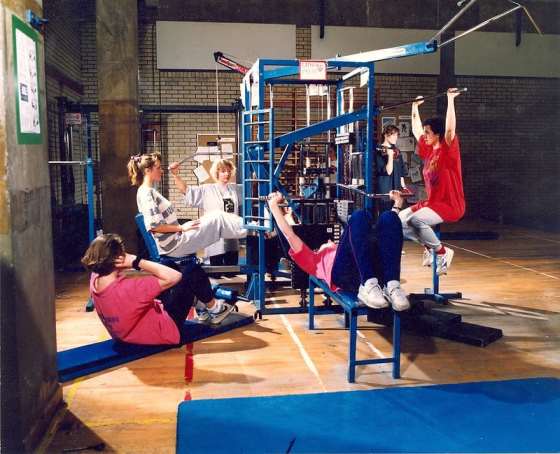
Circuit training offers numerous advantages that contribute to its popularity among fitness enthusiasts. Here are some key benefits:
a) Efficient and Time-Saving
One of the major benefits of circuit training is its time efficiency. By incorporating both cardiovascular and strength exercises into a single workout. You can maximize your training session and achieve remarkable results in less time.
b) Increased Calorie Burn
Circuit training combines aerobic exercises with resistance training, resulting in a higher calorie. Burn compared to traditional exercise methods. This makes it an excellent choice for those aiming to lose weight or improve their body composition.
c) Enhanced Cardiovascular Fitness
The continuous movement from one exercise to another in circuit training. Elevates your heart rate and improves cardiovascular endurance. This can lead to improved overall fitness, increased stamina, and a reduced risk of heart disease.
d) Total Body Workout
With its emphasis on targeting different muscle groups, circuit training provides. A well-rounded workout for your entire body. It helps develop strength, tone muscles, and improve overall functional fitness.
e) Adaptability and Variety
Circuit training can be easily tailored to accommodate various fitness levels and goals. Whether you’re a beginner or an advanced athlete. You can adjust the intensity, duration, and exercises to suit your specific needs.
f) Fun and Motivating
The fast-paced nature of circuit training keeps your workout engaging and prevents boredom. Additionally, the ability to track progress and witness improvements over time can be highly motivating. Helping you stay committed to your fitness journey.
Getting Started: Essential Equipment
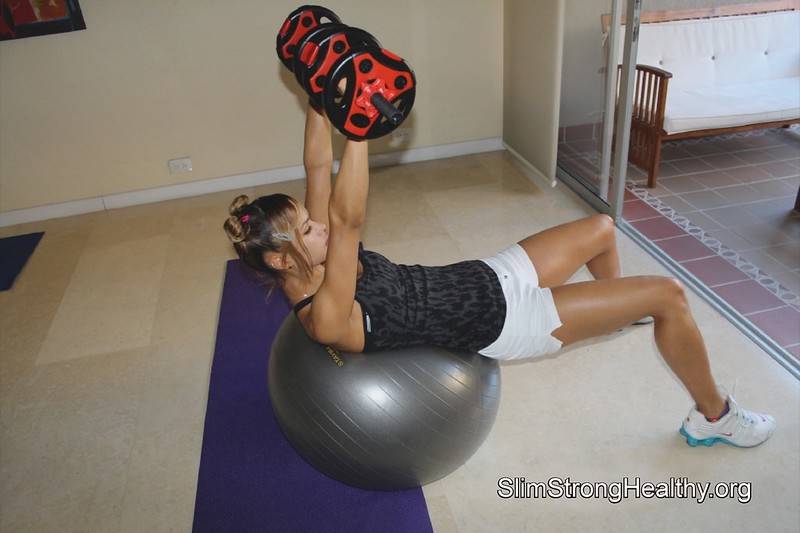
Before diving into your circuit training routine, it’s important to have the right equipment on hand. While circuit training can be done with minimal equipment.
Incorporating a few key items can enhance your workout experience. Here are some essential equipment recommendations:
a) Dumbbells or Resistance Bands
Dumbbells or resistance bands are versatile tools that can add resistance and intensity to your exercises. They allow for a wide range of movements and can be used to target specific muscle groups effectively.
b) Stability Ball
A stability ball is an excellent addition to your circuit training equipment. It helps improve core stability, balance, and coordination while engaging various muscle groups during exercises.
c) Medicine Ball
Weighted balls, or “medicine balls,” come in a variety of sizes and weights. They are fantastic for developing strength, power, and explosive movements. Incorporating medicine ball exercises into your circuit training routine can add an extra challenge.
d) Jump Rope
A simple yet effective tool, the jump rope provides a great cardiovascular workout. It helps improve coordination, agility, and endurance while engaging the lower body muscles. Jumping rope can be easily integrated into your circuit training routine as a warm-up or active recovery exercise.
e) Timer or Stopwatch
A timer or stopwatch is essential for tracking your workout intervals. Circuit training relies on timed intervals for each exercise and rest period. Ensuring efficient transitions and optimal training intensity.
Designing an Effective Circuit Training Workout

To create a successful circuit training workout, consider the following guidelines:
a) Set Clear Goals
Identify your fitness goals to tailor your circuit training routine accordingly. Whether it’s weight loss, muscle gain, or overall fitness improvement. Defining your objectives will help structure your workout plan.
b) Choose Exercises Wisely
Select exercises that target different muscle groups and incorporate a mix of cardiovascular and strength-based movements. This variety ensures a balanced workout and maximizes your overall fitness gains.
c) Determine Work-to-Rest Ratio
Strike a balance between work and rest periods to challenge your body while allowing sufficient recovery. This ratio can vary depending on your fitness level. And goals but typically ranges from 30 seconds to 2 minutes of exercise followed by 10-30 seconds of rest.
d) Plan Circuit Layout
Arrange your exercises in a logical sequence, considering factors. Such as muscle groups, intensity levels, and equipment availability. Aim for a smooth flow that minimizes transitions and keeps your heart rate elevated.
e) Adjust Intensity Levels
Modify the intensity of each exercise to accommodate your fitness level. You can increase the resistance, duration, or repetitions for a more challenging workout or decrease them for a beginner-friendly routine.
f) Monitor Progression
Regularly track your progress by recording the number of repetitions, weights used, and overall performance. Gradually increase the difficulty of your circuit training as you get stronger and more proficient.
By following these steps, you’ll be well-equipped to design an effective and tailored circuit training routine. That suits your specific needs and helps you achieve your fitness goals.
Circuit Training Exercises

Circuit training incorporates a wide range of exercises to target. Different muscle groups and provide a comprehensive workout. Here are some examples of exercises that can be included in your circuit training routine.
Upper Body Exercises
Push-ups: Targets the chest, shoulders, and triceps.
Dumbbell Rows: Engages the back muscles, including the lats and rhomboids.
Shoulder Press: Works the deltoids and triceps.
Bicep Curls: Focuses on the biceps for arm strength and definition.
Lower Body Exercises
Squats: Strengthens the quadriceps, hamstrings, and glutes.
Lunges: Targets the quadriceps, hamstrings, and glutes while improving balance.
Deadlifts: Engages the entire posterior chain, including the glutes, hamstrings, and lower back.
Calf Raises: Works the calf muscles for improved lower leg strength.
Core Exercises
Plank: Engages the core muscles, including the abs, obliques, and lower back.
Russian Twists: Targets the obliques for rotational strength.
Bicycle Crunches: Works the entire abdominal region while also engaging the obliques.
Mountain Climbers: Provides a dynamic core workout while also elevating the heart rate.
Cardiovascular Exercises
Jumping Jacks: A classic cardio exercise that elevates the heart rate.
High Knees: Mimics running in place, engaging the leg muscles and cardiovascular system.
Burpees: Combines a squat, plank, and jump for a full-body cardio and strength exercise.
Box Jumps: Involves jumping onto a platform, engaging the lower body and improving explosive power.
Incorporate a variety of these exercises into your circuit training routine. Aiming for a balanced combination of upper body, lower body, core, and cardiovascular exercises. Remember to adjust the difficulty and intensity based on your fitness level and goals.
Also Read : https://newsstories.in/the-ultimate-guide-to-mastering-the-push-up-achieve-strength-and-fitness-goals/
Advanced Circuit Training Techniques
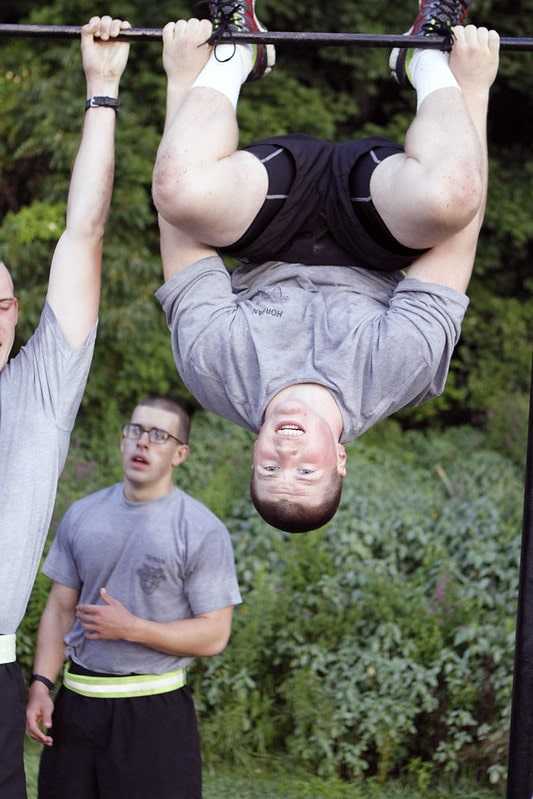
Once you’ve mastered the basics of this Workout, you can introduce advanced techniques. To further challenge your body and stimulate progress.
a) Supersets
Supersets involve performing two exercises back-to-back without rest. This technique increases the intensity and time under tension. Promoting muscle growth and endurance.
b) Tabata Intervals
Tabata intervals consist of 20 seconds of intense exercise followed by 10 seconds of rest, repeated for a total of 4 minutes. This high-intensity interval training (HIIT) method boosts cardiovascular fitness and calorie burn.
c) Pyramid Sets
Pyramid sets involve gradually increasing or decreasing the weight or repetitions throughout a series of exercises. This technique challenges the muscles in different ways and promotes strength gains.
d) Active Recovery
During rest periods, incorporate active recovery exercises such as light jogging, stretching, or mobility work. This helps maintain blood flow, reduce muscle soreness, and enhance overall recovery.
Circuit Training for Specific Goals

This Workout can be customized to target specific fitness goals. Let’s explore how it can be tailored for weight loss. Strength building, and endurance training:
Weight Loss
To optimize weight loss during this process, focus on exercises that elevate. The heart rate and engage multiple muscle groups simultaneously. Incorporate more cardiovascular exercises, minimize rest periods, and gradually increase the overall duration of your circuit.
Strength Building
To build strength, emphasize resistance exercises and incorporate heavier weights or more challenging variations of each exercise. Adjust the work-to-rest ratio to allow for proper recovery between sets, enabling maximum effort for each exercise. Aim for fewer repetitions with higher resistance to promote muscle growth and strength development.
Endurance Training
For endurance training, include exercises that require sustained effort and engage the cardiovascular system. Increase the number of repetitions or duration for each exercise while maintaining a moderate intensity level. Focus on exercises that target large muscle groups and promote muscular endurance.
By tailoring your Exercise routine to your specific goals, you can optimize your workout and achieve the desired results more effectively.
Sample Circuit Training Workout
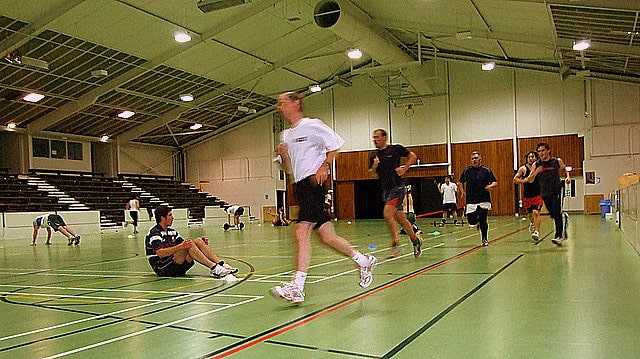
Here’s a sample this workout workout to give you an idea of how to structure your own routine.
Warm-up: 5 minutes of light cardio exercises like jogging or jumping jacks to increase blood flow and warm up the muscles.
Perform each exercise for 45 seconds in a circuit, then take 15 seconds to relax. Complete the circuit for 3 rounds.
Push-ups
Squats
Mountain Climbers
Dumbbell Rows
Lunges
Russian Twists
Jumping Jacks
Plank
Cool-down: 5-10 minutes of stretching exercises to promote flexibility and aid in muscle recovery.
Remember to adjust the number of repetitions, weight, and intensity to suit your fitness level and goals. Additionally, feel free to add or replace exercises based on your preferences and available equipment.
Recovery and Injury Prevention
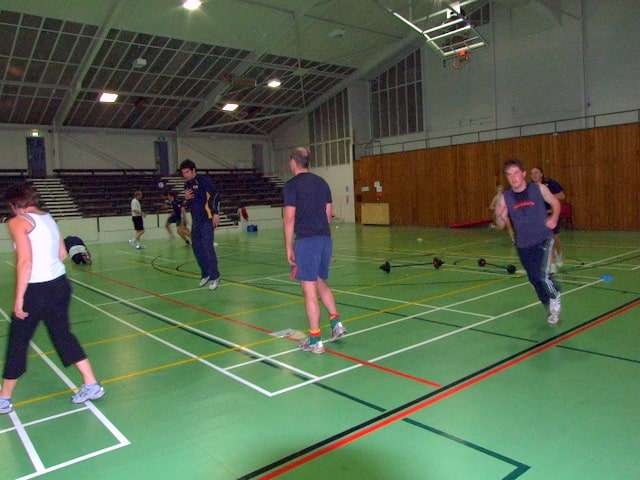
Recovery and injury prevention are crucial aspects of any training program. Here are some tips to help you recover effectively and minimize the risk of injury.
Include rest days in your training plan to give your body time to heal and rebuild.
Make getting a good night’s sleep a priority for your overall health and muscle repair.
Include stretching exercises before and after your circuit training session to improve flexibility and prevent muscle imbalances.
Listen to your body and modify exercises or take breaks if you feel pain or discomfort.
Stay hydrated throughout your workout and replenish electrolytes to support optimal performance and recovery.
Consider incorporating foam rolling or self-massage techniques to alleviate muscle soreness and tightness.
By prioritizing recovery and injury prevention, you can ensure long-term progress and maintain a sustainable workout routine.
Nutrition Tips for Circuit Training Success
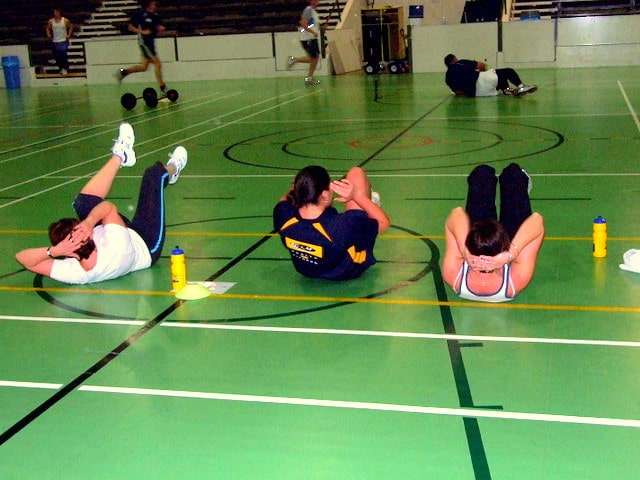
To maximize the benefits of circuit training, it’s essential to fuel your body with proper nutrition. Here are some nutrition tips to support your circuit training success.
Consume a well-balanced diet that includes lean proteins, whole grains, fruits, vegetables, and healthy fats.
Prioritize pre-workout nutrition by consuming a combination of carbohydrates and proteins 1-2 hours.
Before your training session to provide energy and support muscle repair.
Stay hydrated before, during, and after your workout to maintain optimal performance and prevent dehydration.
Post-workout, consume a combination of carbohydrates and proteins within 30-60 minutes. To replenish glycogen stores and promote muscle recovery.
Consider incorporating nutrient-dense snacks throughout the day to support energy levels and muscle repair.
Listen to your body’s hunger and fullness cues, and eat intuitively to meet your nutritional needs.
Remember, nutrition plays a vital role in your overall fitness journey and can significantly impact your performance and results.
Conclusion
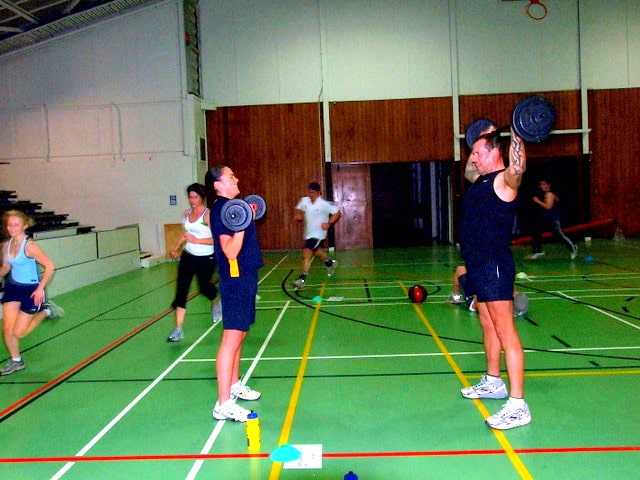
Circuit training is a versatile and effective training method that can help you achieve your fitness goals. By following the guidelines provided, designing a personalized this workout routine. And incorporating the suggested exercises, you can create a challenging and rewarding workout experience.
Remember to prioritize safety, listen to your body, and consult with a healthcare professional or certified fitness trainer. Before starting any new exercise program, especially if you have underlying health conditions or injuries.
Get started today and enjoy the benefits of this training for improved strength, endurance, and overall fitness.
<< Previous Post
https://newsstories.in/planet-fitness-workout-method/
>> Next Post
https://newsstories.in/fitness-the-key-to-a-healthy-lifestyle/
Credits for Photos : SlimStrongHealthy. org




